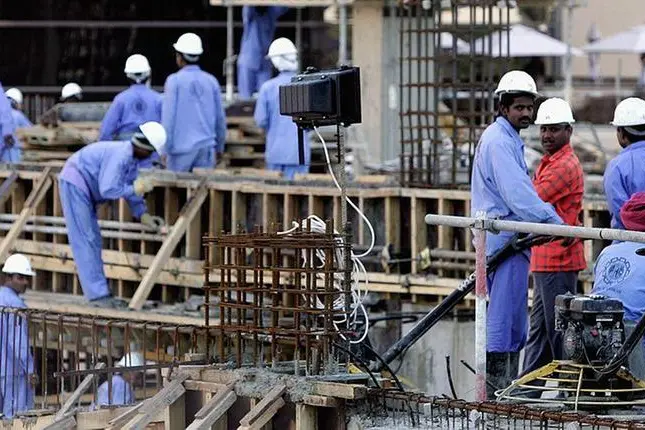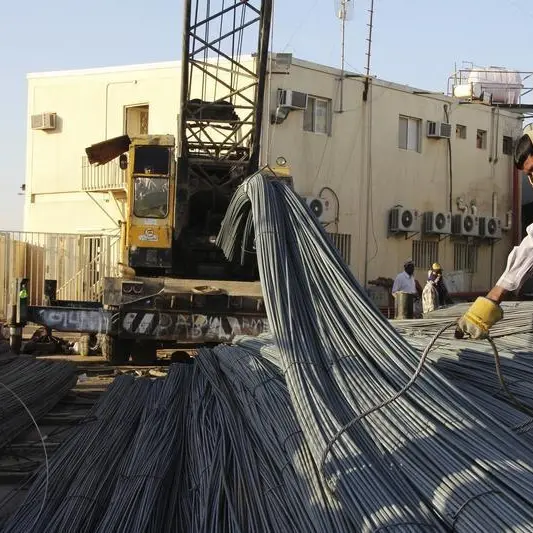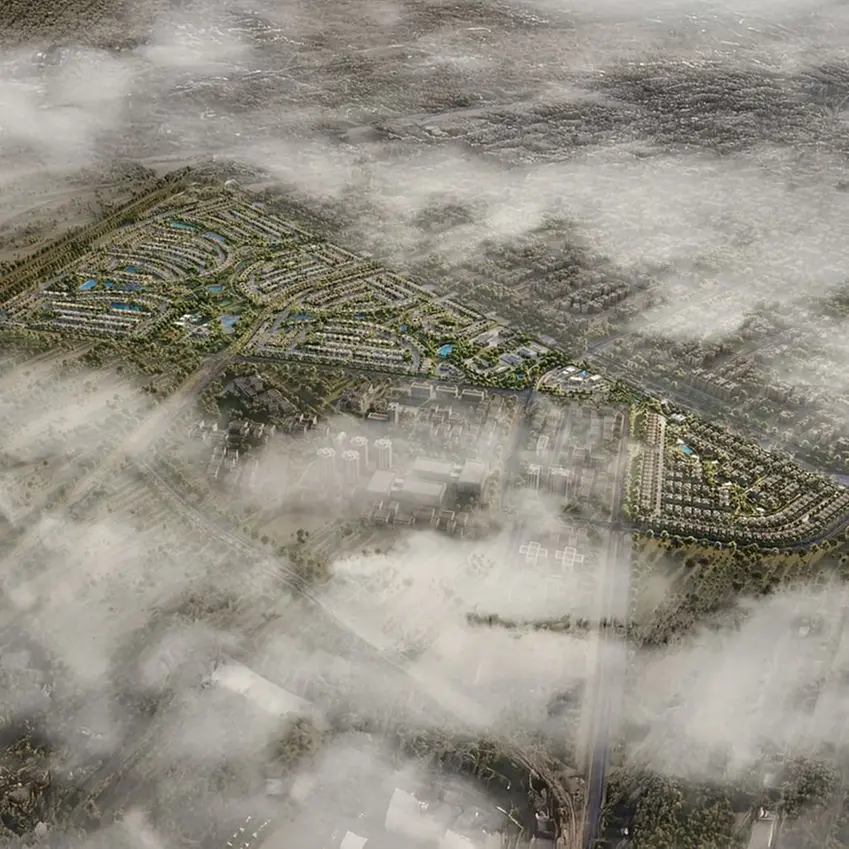PHOTO
The UAE construction market recorded strong activity in the first quarter of 2022, but rising material and financing costs could hinder growth potential ahead, according to the latest RICS Global Construction Monitor (GCM).
The UAE was among the few countries worldwide to report rise in workloads in the first quarter and show an increase in expectations for profit margins for the year ahead, the GCM results indicated.
The higher workloads were mainly driven by a continued focus on private residential projects and a firm commitment to agribusiness infrastructure, reported by more than 28 percent and 29 percent of the respondents respectively.
However, global supply chain shortages, financial constraints and competition could weigh on market activity in the coming months. Seventy-nine percent of the UAE respondents highlighted elevated material costs as a major impediment to construction activity in the first quarter compared to a global average of 91 percent, while 59 percent also reported access to those materials to be an issue.
However, respondents were also optimistic for the year ahead with a net balance of more than 26 percent anticipating an increase in profit margins, the strongest since the records began, compared to over 21 percent in the preceding quarter. And 54 percent more expect workloads to rise for the year driven primarily by private residential projects followed by infrastructure.
In the Middle East and Africa region, as a whole, Saudi Arabia continues to exhibit the strongest Construction Activity Index (CAI) readings, followed by Bahrain, Oman, and the UAE, the first quarter GCM results showed. On the other hand, CAI remained in negative territory across Qatar, and deteriorated slightly further in the first quarter.
RICS Chief Economist, Simon Rubinsohn, commented: “The good news in the latest report is that the industry remains positive about the outlook for activity and that the generally upbeat mood can be seen not just in regard of infrastructure and housing development but also in the commercial sector. However, it is clear that the sector faces significant challenges which have been reflected in recent official data showing a sharp rise in vacancies across the construction industry.
RICS numbers demonstrate these shortages are pretty much across the board including quantity surveyors and project managers as well as both skilled trades and more general labour. This, combined with problems around accessing building materials in the current environment, is exerting significant upward pressure on construction costs at the present time.”
(Writing by SA Kader; Editing by Anoop Menon)




















